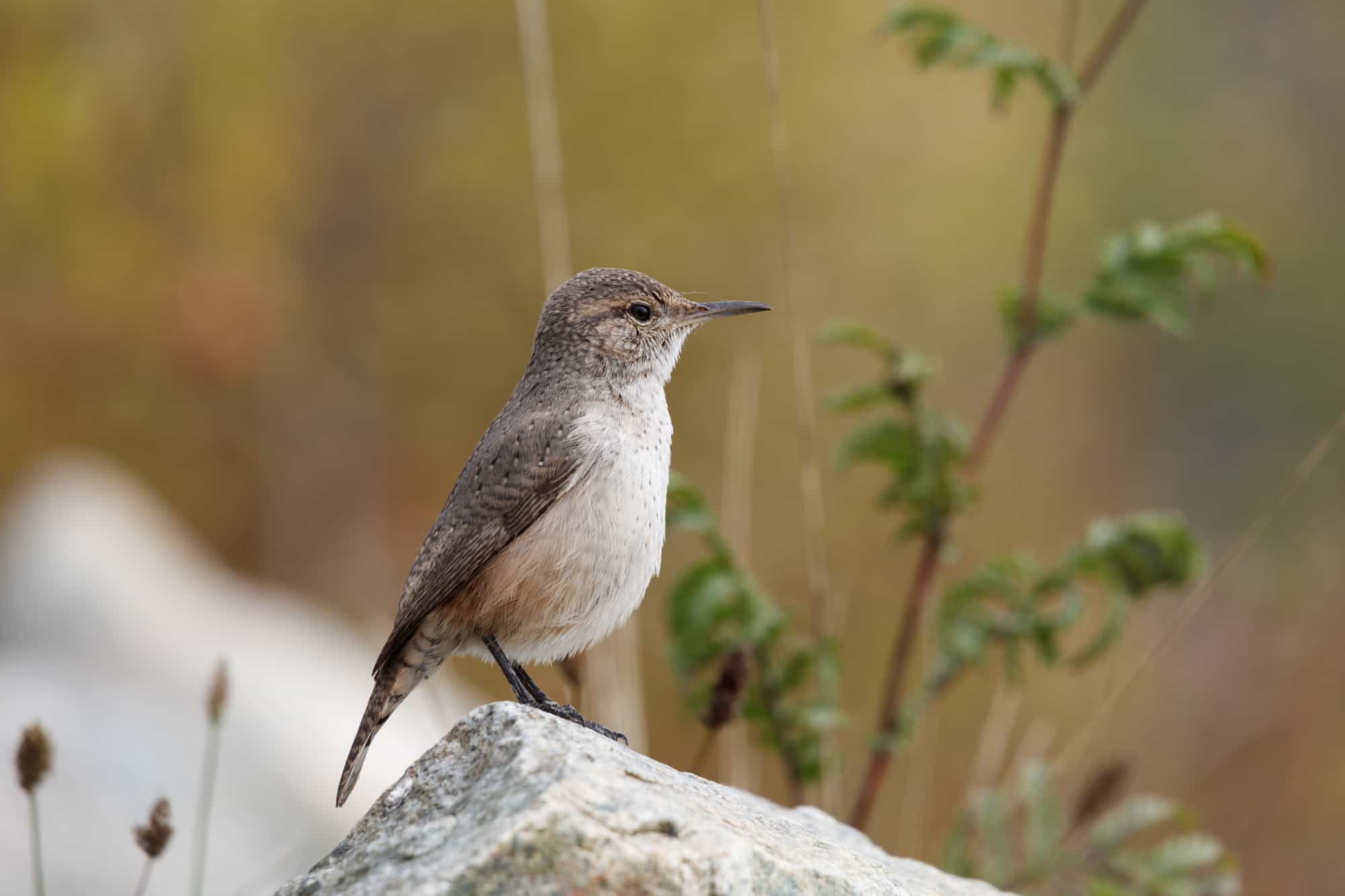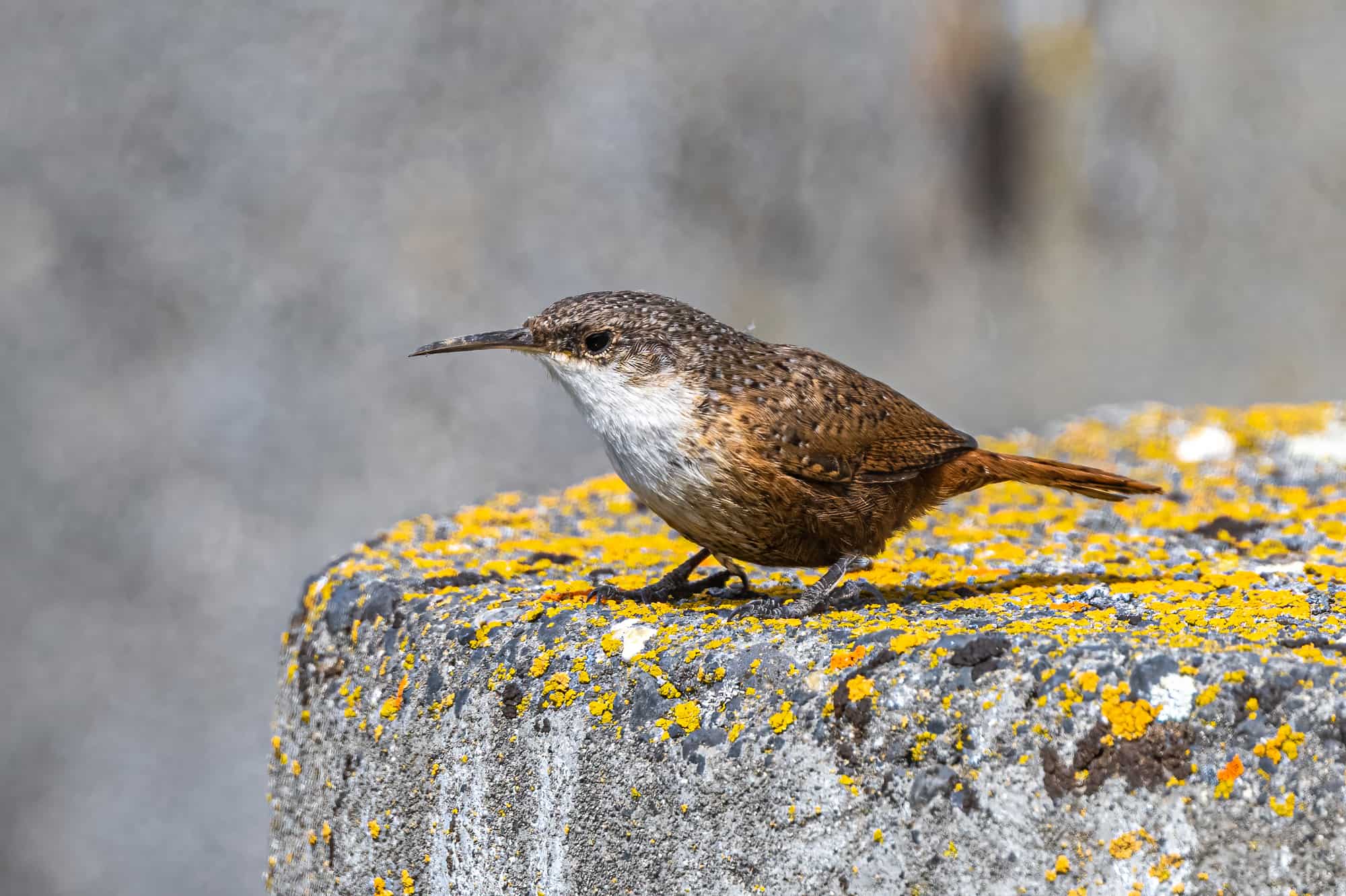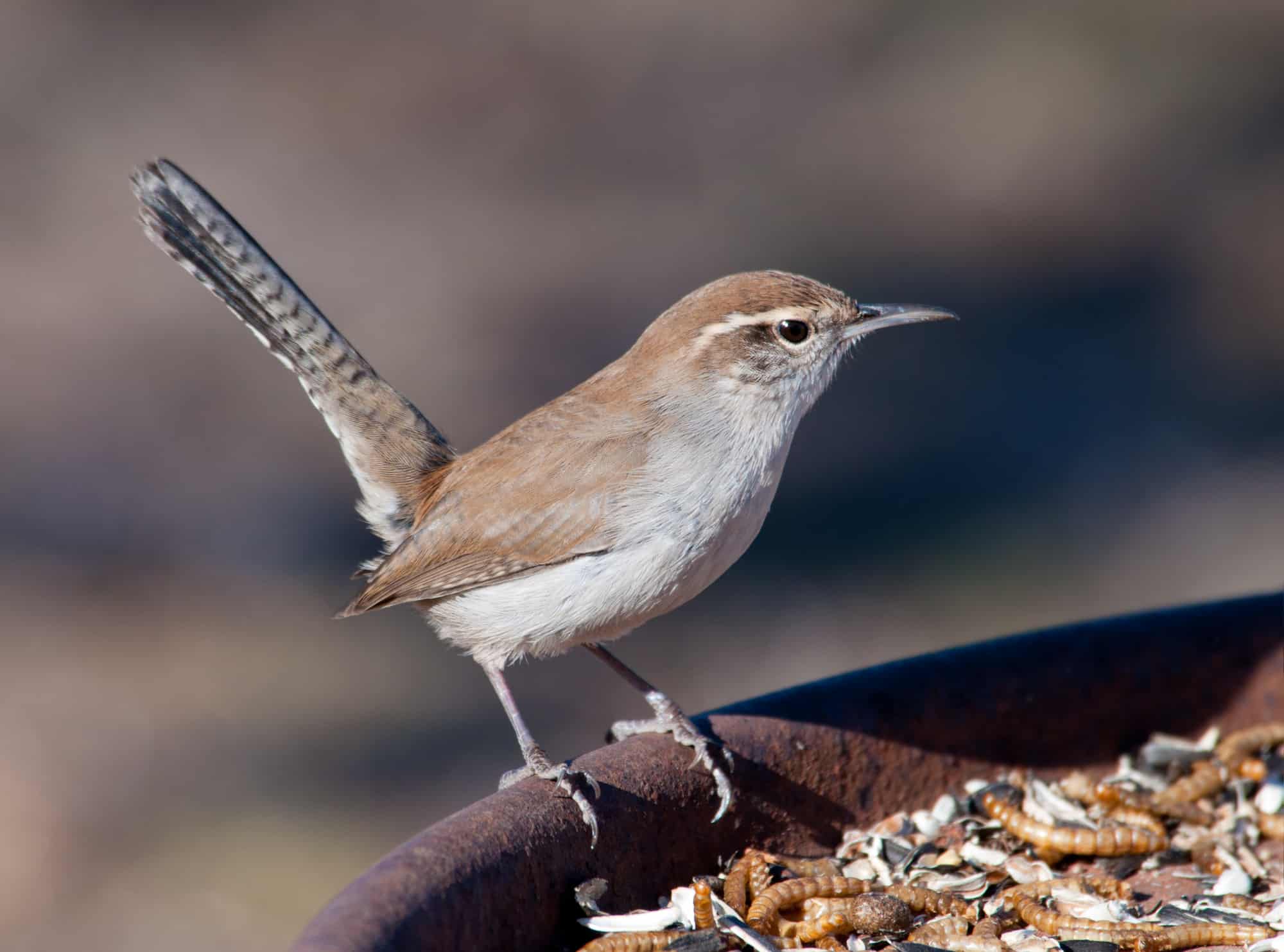Mountainous Montana might be the largest state of the northwest but it remains the eighth-least populous state in The Union. This combination of huge expanses of land with few people has left much of the state free for wildlife to enjoy.
The western half of Montana contains several mountain ranges, while the eastern half is largely occupied by prairie terrain and badlands. Montana has an extreme climate, with the coldest temperature ever recorded in the contiguous United States of -70°F!
It’s no wonder then, that most wrens don’t stick around during the winter, but instead mostly use Montana as a summer breeding ground. Still, it’s surprising how many wren species have been recorded here in winter – a testament to their remarkable resilience and character.
Seven of the eleven North American wren species are found in Montana, but most of them are fairly rare and localized. Only one of them can be considered truly common and widespread.
But precisely which seven wrens can be spotted in Montana? I bet you can’t guess them all before scrolling down, but why don’t you try to prove me wrong?
Wrens in Montana, Starting With the Most Common
House Wren

- Scientific Name: Troglodytes aedon
- Length: 4.3-5.1 in (11-13 cm)
- Weight: 0.3-0.4 oz (10-12 g)
- Wingspan: 5.9 in (15 cm)
House wrens are the only common backyard wren in Montana, but only during the warmer months when they come to breed here. During this time, they’re recorded on 19% of birdwatchers’ reports submitted on ebird.org.
These agile, energetic birds are entertaining to watch in the garden, and house wrens are famous for nesting anywhere there’s a vacant cavity for them. From tin cans to coat pockets, house wrens will also appreciate an old-fashioned gourd birdhouse to raise their young.
Male house wrens use their loud, bubbling song to declare their territory and to attract the attention of females. During the nesting season, they’ll sometimes chase away larger birds and predators from their nests.
House wrens are found from Patagonia to Canada, making them the most widespread native bird in all the Americas!
Marsh Wren

- Scientific Name: Cistothorus palustris
- Length: 3.9-5.5 in (10-14 cm)
- Weight: 0.3-0.5 oz (9-14 g)
- Wingspan: 5.9 in (15 cm)
Other than the house wren, marsh wrens are the only other wren species that are seen regularly from the Atlantic to the Pacific coast. In Montana, they’re seen by just over 5% of birdwatchers on average.
Amazingly, some hardy marsh wrens also stick around in Western Montana for the icy winters. They’re recorded by 0.4% of birdwatchers during the colder months – the most of any wren in the state.
These reports may also underrepresent their true numbers because marsh wrens are notoriously hard to spot! Their brown, black, and gray body camouflages seamlessly with the reeds and cattails that they occupy, and they’re rarely seen away from standing water.
A trip out to a marshland to observe marsh wrens can still be a rewarding experience though. With a good pair of binoculars, you might witness males fighting for the attention of females, or even destroying one another’s nests!
Listen out for their boisterous, buzzy song that they sometimes sing night-long in the spring and early summer months.
Rock Wren

- Scientific Name: Salpinctes obsoletus
- Length: 4.9-5.9 in (12.5-15 cm)
- Weight: 0.5-0.6 oz (15-18 g)
- Wingspan: 8.7-9.4 in (22-24 cm)
Rock wrens are large, pale wrens with long legs and a long bill. True to their name, they’re nearly always found among rocky surroundings, especially among cliffs and boulder piles.
According to my Sibley’s Guide to Birds, Montana lies close to the northern frontier of the rock wren’s summer range, which may explain why they’re only spotted by 3% of bird watchers here. In winter, they’re almost never seen.
- Sibley Guide To Birds, 2nd Ed
- Sibley, David Allen (Author)
- English (Publication Language)
Last update on 2024-04-27 / Affiliate links / Images from Amazon Product Advertising API
During the spring, rock wrens build their nests on the ground among rocky hollows. These small but mighty birds are famous for decorating their nest site with a front porch of pebbles, sometimes weighing more than 3 lbs in total!
Look out for rock wrens bouncing up and down on top of a rock, singing their rhythmic series of metallic, buzzy trills.
Pacific Wren

- Scientific Name: Troglodytes pacificus
- Length: 3.1-4.7 in (8-12 cm)
- Weight: 0.3-0.4 oz (8-12 g)
- Wingspan: 4.7-6.3 in (12-16 cm)
Appropriately named, the Pacific wren is mostly seen in the most westerly regions of North America. They’re only regularly seen in the mountainous west of Montana and don’t seem to venture onto the plains at all.
Perhaps this is because Pacific wrens prefer damp forests and shady brushy areas to open, grassy habitats. Look out for them scrambling about through the undergrowth, foraging around tree stumps and log piles for insects to eat!
Pacific wrens have an astonishingly powerful voice for their tiny size – a rapid succession of high-pitched warbles and trills, which can often alert you to their presence among dense vegetation.
In the winter, they’ll sometimes gather together in nest boxes to stay warm. Along with their eastern cousin the winter wren, they’re the smallest wren on the continent.
Canyon Wren

- Scientific Name: Catherpes mexicanus
- Length: 4.5-6.1 in (11.4-15.4 cm)
- Weight: 0.3-0.7 oz (9.9-18.3 g)
- Wingspan: 7.1-7.9 in (18-20 cm)
A less common but highly prized bird to see in Montana is the canyon wren. The distinct appearance and fabulous song of these wrens make them a real treat to encounter.
Their rufous belly, white throat, speckled back, and extremely long bill makes them difficult to confuse with any other bird. Their unique, cascading song reverberating off the rocks can add palpable sweetness to the barren, rocky landscapes that they call home.
Canyon wrens use their long bill to probe rock crevices for the insects and spiders that are the staple of their diet. It’s thought that the bodies of these insects must be juicy enough to sustain the canyon wren because this intriguing bird has never been seen drinking water!
According to the excellent nature guides on Montana’s government website, Canyon wrens are present throughout the higher altitudes in the south and west of the state year-round. It’s little wonder that this gorge and canyon dweller doesn’t frequent prairie landscapes!
Sedge Wren

- Scientific Name: Cistothorus stellaris
- Length: 3.9-4.7 in (10-12 cm)
- Weight: 0.3oz (7-10 g)
- Wingspan: 4.7-5.5 in (12-14 cm)
According to my Sibley’s Guide to Birds, the northeastern corner of Montana is the only part of the state included in the sedge wren’s breeding range. They’re only very occasionally seen here, though, and some conservations are concerned that their numbers may be declining.
The sedge wren is a bit like a smaller and more timid version of the marsh wren. Although they are closely related, sedge wrens have shorter tails and lighter coloration than their larger relatives.
Aside from appearances, sedge wrens typically inhabit slightly drier terrain than marsh wrens. The upper reaches of marshlands and damp meadows with long grass are the typical nesting grounds for these tiny birds.
The secretive nature and deft camouflage of the sedge wren make them incredibly difficult to spot, and they’re also the rarest regularly occurring wren in North America.
Bewick’s Wren

- Scientific Name: Thryomanes bewickii
- Length: 5.1 in (13 cm)
- Weight: 0.3-0.4 oz (8-12 g)
- Wingspan: 7 in (17.8cm)
Bewick’s wren may be the most frequently seen wren in some southwesterly states, but they’re hardly seen this far north. They’re only reported by around one in a thousand bird watcher’s reports in Montana.
Bewick’s wren was once much more widespread, so they may have once been found in Montana more often. Habitat loss and climate change are two of the foremost theories to explain their demise.
Dry thickets and open woods are the most likely place where you’ll spot Bewick’s wrens, but they’ll often visit backyards, too. Like most wrens, Bewick’s wren mostly feeds on invertebrates such as beetles, ants, wasps, and spiders.
Conclusion
There are 7 wren species in Montana, an impressive diversity for a fairly inhospitable state.
Whether you’re watching house wrens nesting in a Montana garden or hunting down the elusive canyon wren in the mountains, there are plenty of chances to encounter these glorious little gems in the ‘Treasure State’.
But apart from wrens, which other birds can you hope to see in Montana? From hundreds of types of birds, we’ve compiled a list of 26 of the most fascinating species in our Birder’s Guide to Montana.

